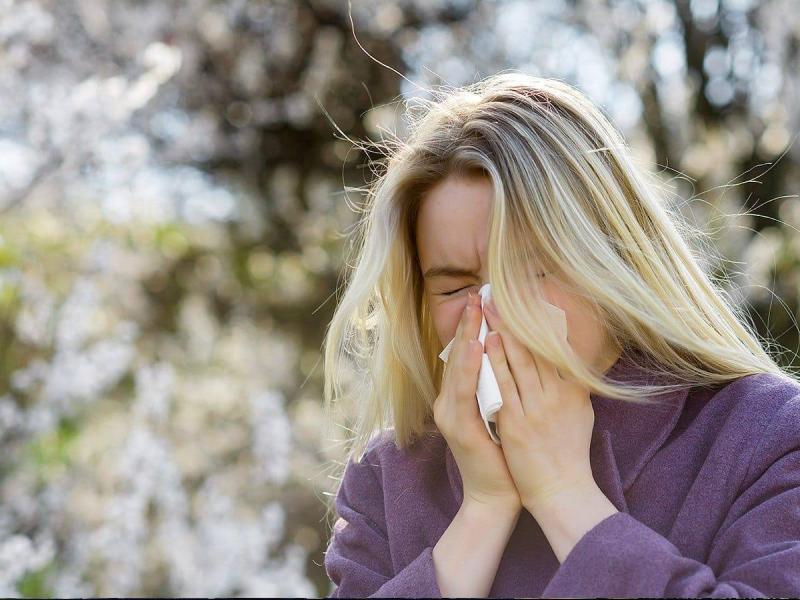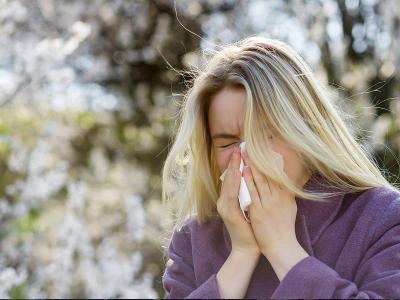As spring allergy season begins, many individuals experience bothersome symptoms that affect their daily lives. There are simple measures that can be taken during this time of year to limit these symptoms, according to Topsante.
**What are the symptoms of spring allergies?**
- Itching
- Coughing
- Runny nose
- Sore throat
- Asthma attacks
- Watery eyes
- Change in voice
These are the most common symptoms associated with spring allergies. Climate change conditions seem to contribute to a more severe and challenging season this year compared to previous years. Antihistamines appear to be a common solution, but there are other lifestyle-related measures that can help reduce symptoms.
**What measures can help reduce spring allergy symptoms?**
- Wear sunglasses when outside to protect the eyes. This barrier against pollen can also reduce the risk of eye inflammation due to allergies.
- Avoid bringing pollen into the home. It is important to wipe down items in the house daily with a damp cloth, especially those near windows, doors, and ventilation openings. Using a dry cloth is not helpful in this case, as it may spread the pollen more.
- Avoid drying washed clothes outside.
- If living in small spaces and experiencing severe allergies, consider purchasing an air purifier.
- Haircuts: While not the most effective measure, for those who usually wear their hair down, getting a haircut and trying a new spring style may be beneficial. Shorter hair tends to trap less pollen, automatically reducing allergy symptoms. If you prefer not to cut your hair, it is advisable to tie it up in a bun to prevent pollen from entering the hair and causing seasonal allergy symptoms. You can also wear a hair covering or hat to shield it from pollen when levels are high.
- Wash hair every evening, and for men, wash the beard as well, to remove all allergens, particularly pollen, which is prevalent during this time of year.
- Brush hair thoroughly each time when returning home to eliminate any trapped pollen.




